
The Himalayas of India: Ladakh and Srinagar,
Summer 2013
Page 7 of 13
Some blogs describe them as strict vegans, and certainly, the food that we had during our two day stay was vegan. Many of the women and some of the men wear colorful floral headdresses, which really stand out from the deep green color of the fields where they work. |
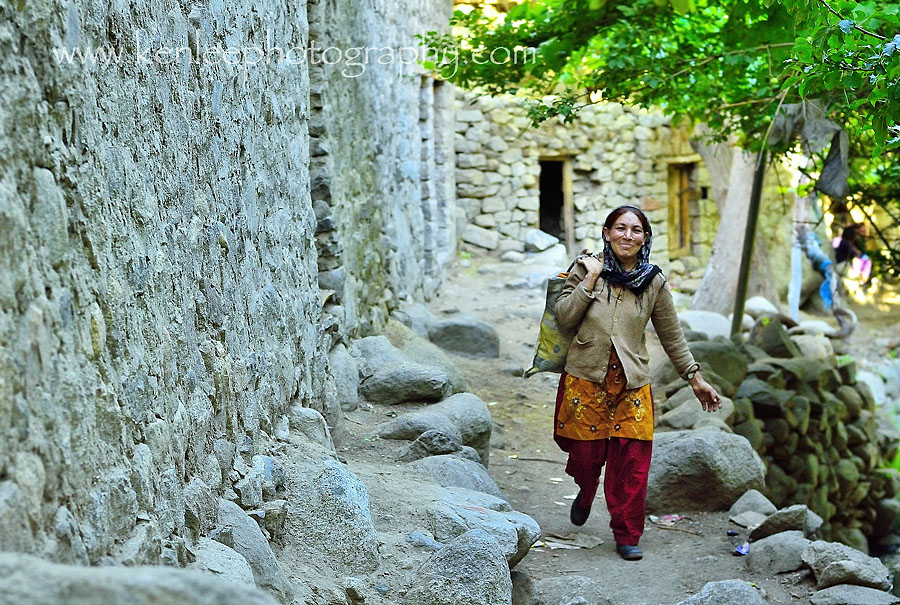 A woman from the village of Dah. There were less people in the village than usual because many had gone for Buddhist teachings at Lamayuru Monastery. We had driven past this earlier in the day, seeing the enormous colorful festival, the crowds, the people giving teachings on loudspeakers, and the pilgrims arriving on the tops of buses.
A woman from the village of Dah. There were less people in the village than usual because many had gone for Buddhist teachings at Lamayuru Monastery. We had driven past this earlier in the day, seeing the enormous colorful festival, the crowds, the people giving teachings on loudspeakers, and the pilgrims arriving on the tops of buses. |
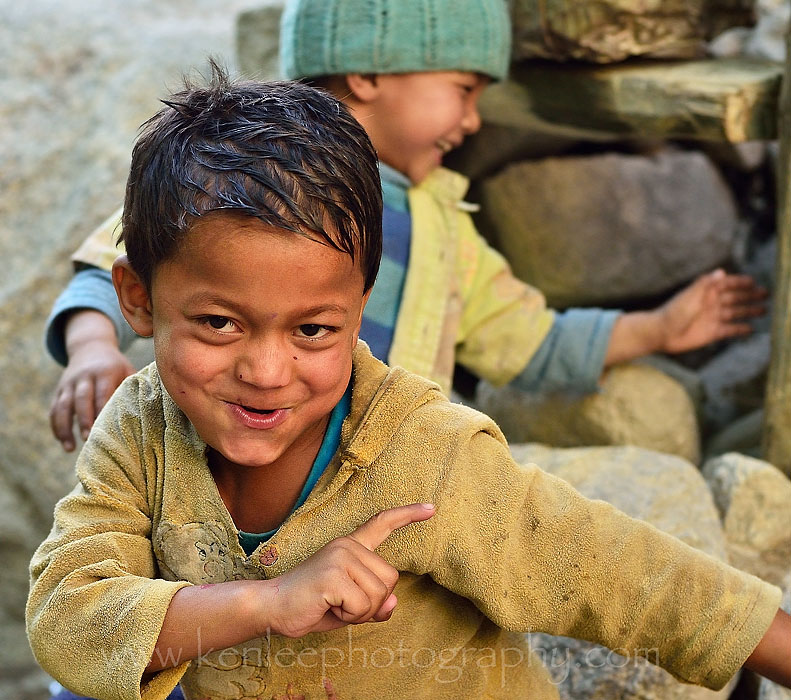 Village kid from Dah.
Village kid from Dah. |
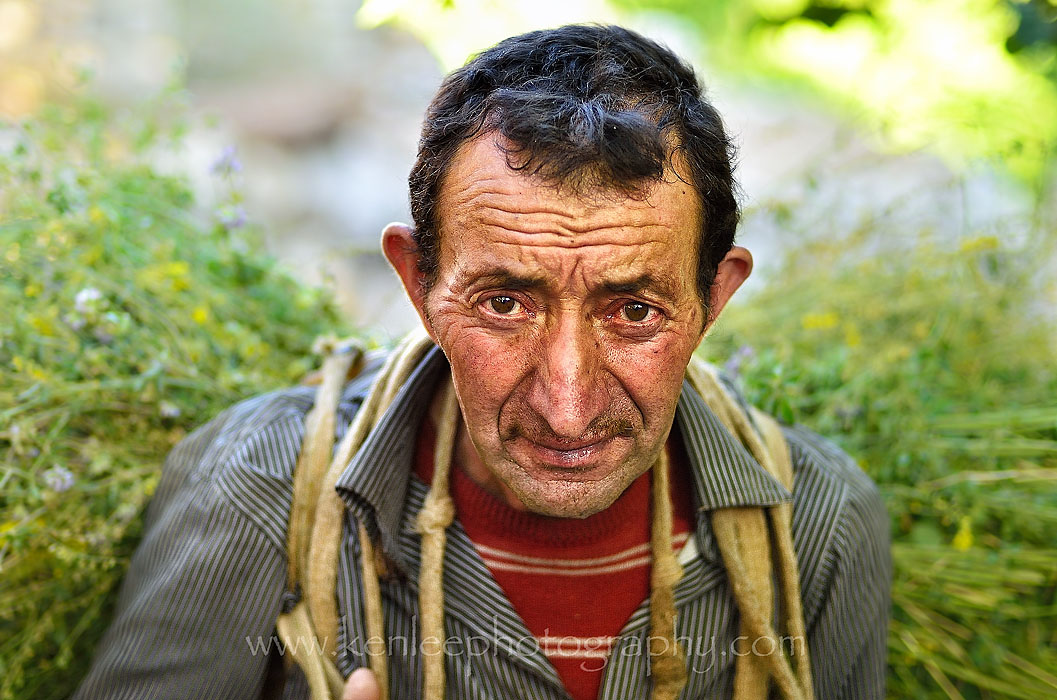 Another villager from Dah. He later drove us to another village so we could walk around a landslide that was blocking the road. When we saw it, it was still actively falling and therefore rather dangerous to cross. We had heard this landslide while at Skybapa Guest House, an enormous thundering sound that filled the air. Another villager from Dah. He later drove us to another village so we could walk around a landslide that was blocking the road. When we saw it, it was still actively falling and therefore rather dangerous to cross. We had heard this landslide while at Skybapa Guest House, an enormous thundering sound that filled the air. |
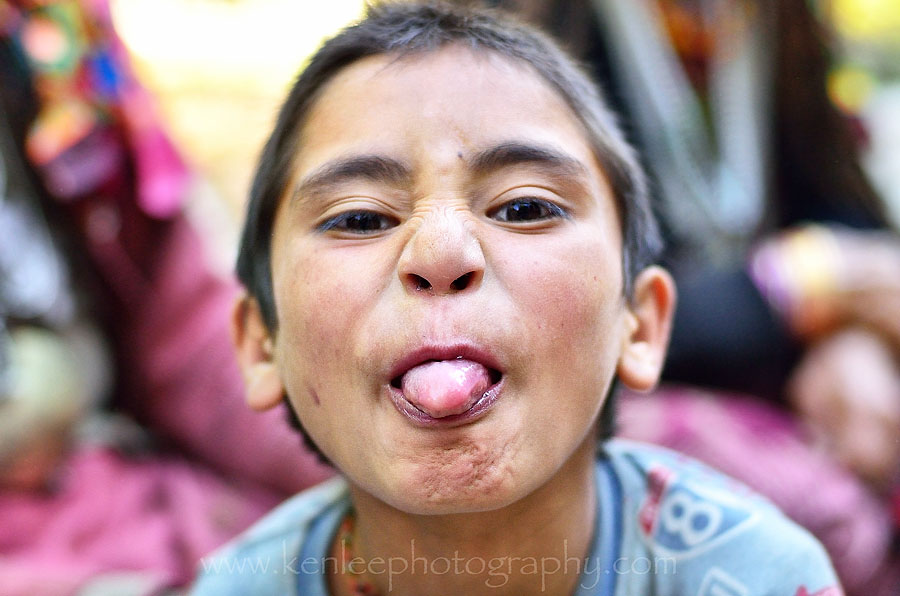 This seems rather universal, doesn't it? This seems rather universal, doesn't it? |
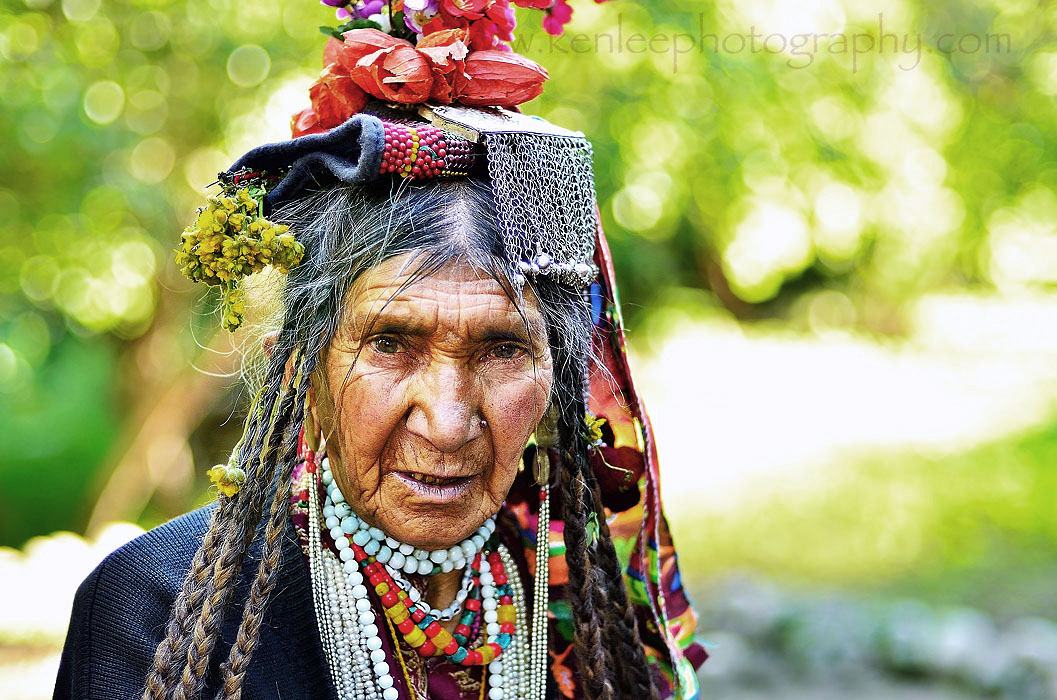 Many of the older women wear "mew-tew-toh", the flowers stitched on the top of their hats, a beautiful contrast to the green fields that they are often seen working in as one walks through the valley. These are apparently traditional, and I saw a couple of the men wearing them too, although theirs are not nearly so flamboyant or Frida Kahloesque. According to Breton's book, A noted Ladakhi historian named Sonam Phuntsog says that the flowers are a sort of offering to the village's protector spirits playing an essential role in Bon-chos, the Aryan's elemental and animistic religion. Many of the older women wear "mew-tew-toh", the flowers stitched on the top of their hats, a beautiful contrast to the green fields that they are often seen working in as one walks through the valley. These are apparently traditional, and I saw a couple of the men wearing them too, although theirs are not nearly so flamboyant or Frida Kahloesque. According to Breton's book, A noted Ladakhi historian named Sonam Phuntsog says that the flowers are a sort of offering to the village's protector spirits playing an essential role in Bon-chos, the Aryan's elemental and animistic religion. |
 An old doorway to a room that houses livestock in Dah Village in Aryan Valley. An old doorway to a room that houses livestock in Dah Village in Aryan Valley. |
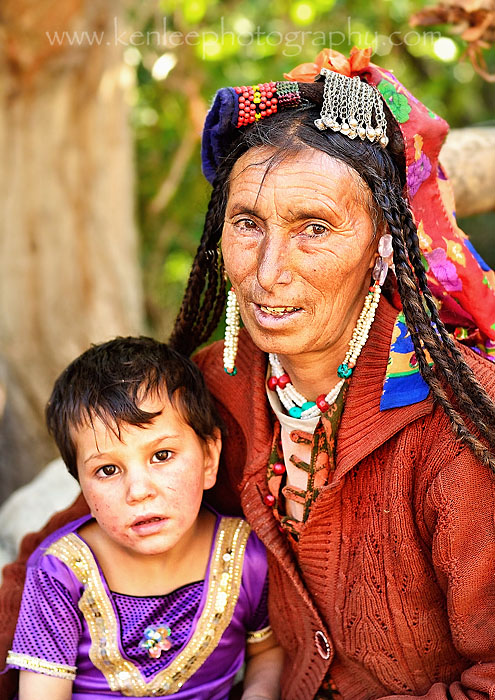
How Dah Village Was Settled: An Oral History: Back in Gilgit, they often thought about their new land where there were plenty of wildlife, and set out again to Dah (the book calls it mDa-'brog). Upon reaching the area they had last relaxed, they found a crop in full growth that was ready to be harvested, and decided that they should settle this fertile land. They also realized that it would be difficult for their families to live outside the jurisdiction of the Raja, so they schemed, and then dressed themselves as beggars to return to Gilgit to begin their plans. However, they were caught and brought before the Raja, where they were recognized by the minstrel in the assembly. They were asked to dance, and in the confusion of the dance brought on by the youngest, who was dancing in a manner that involved pushing and confusion, managed to escaped, eventually escaping with their families. The brothers brought with them a stick of still-green Chang-ma, a stick of Stag-pa (birch wood), and the last a bow and arrow. They eventually arrived at Dah, and planted the Chang-ma stick. The Stag-pa stick was planted to establish the settlement on the other side of the stream. They began cultivating the land but needed to dig a canal. They had no tools, and deliberated about this The youngest brother decided that wherever they shot an arrow is where they would begin digging a canal. From an elevated area called Changlota, the eldest brother shot the arrow, which hit a rock and made a hole from where water sprang out. This area exists today, and the canal actually emerges from there. They used a wooden space to dig, and the horns of a goat to remove stones to irrigate the land, establishing the Dah settlement. This is a story that has been preserved and passed down through word of mouth. |
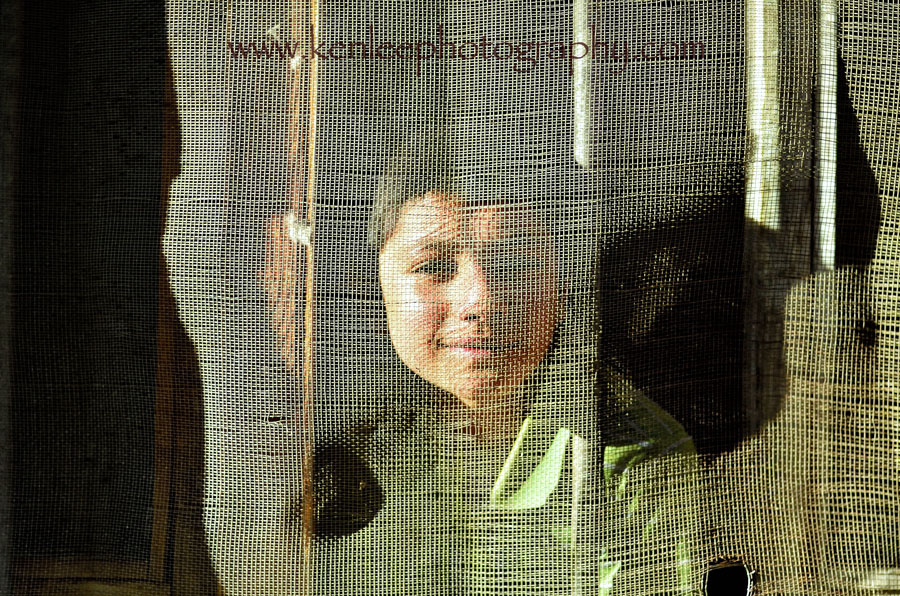 A boy pressing his face to the screen window of his home. A boy pressing his face to the screen window of his home. |
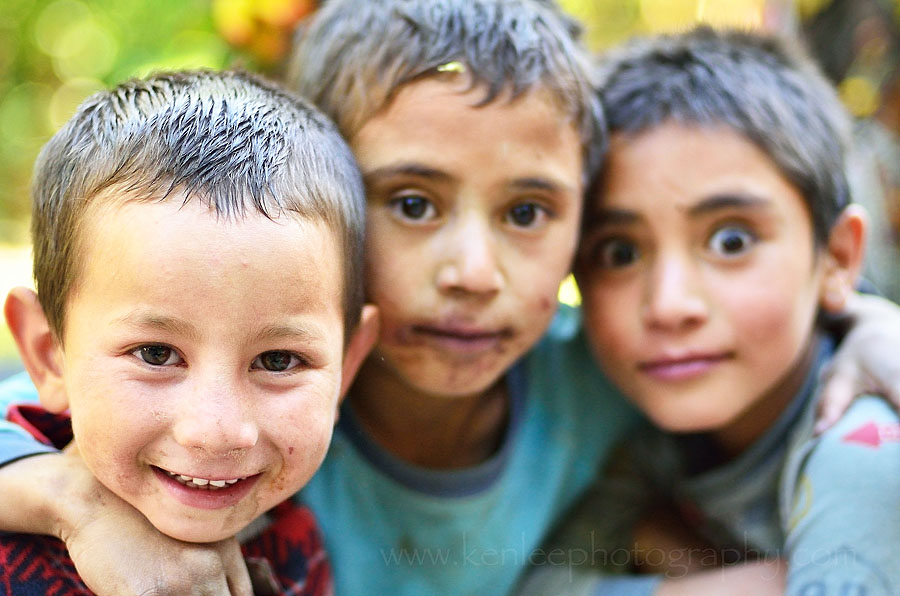 Three village boys. Three village boys. |
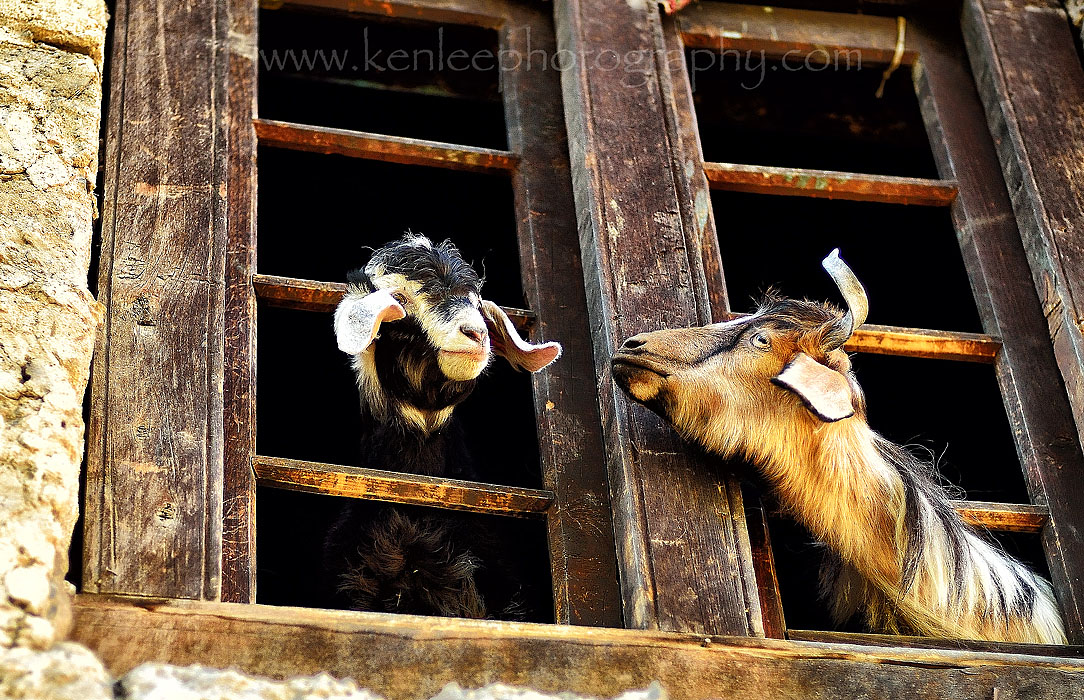 Goats! Goats! |
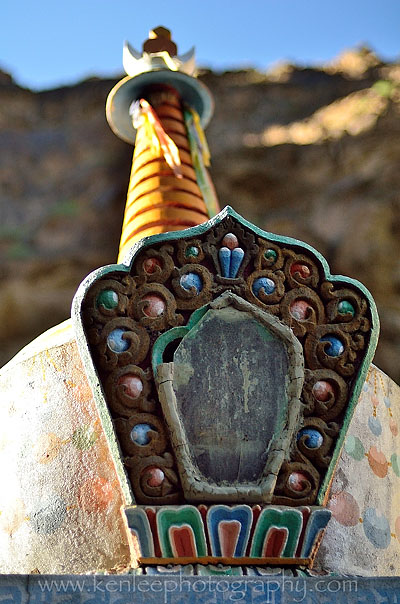 Dah is located very close to the Kargil and the Pakistani border. Due to heightened tensions over Kashmir, Pakistani militants invaded the line of control in summer 1999 in Kargil. India responded, repelling the invaders, and everywhere the country had great pride, with movies made about this victory in Kargil. Lundhup heard gunshots, and Pakistani fighter pilots dropped bombs throughout the valley. Some accounts say that the school in Dah was hit. I was told that this stupa was built in honor of someone who had been killed by a bomb from Pakistani fighter pilots. Dah is located very close to the Kargil and the Pakistani border. Due to heightened tensions over Kashmir, Pakistani militants invaded the line of control in summer 1999 in Kargil. India responded, repelling the invaders, and everywhere the country had great pride, with movies made about this victory in Kargil. Lundhup heard gunshots, and Pakistani fighter pilots dropped bombs throughout the valley. Some accounts say that the school in Dah was hit. I was told that this stupa was built in honor of someone who had been killed by a bomb from Pakistani fighter pilots. |
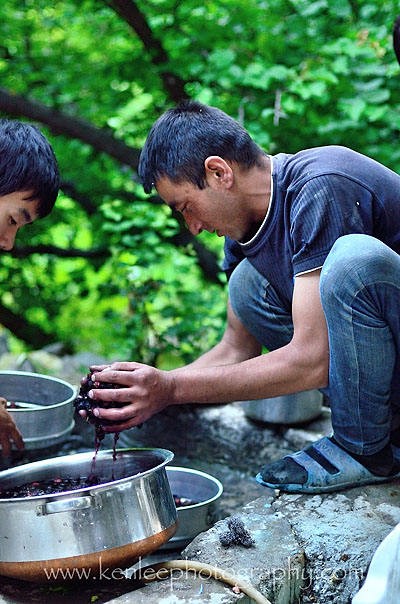 Lundhup, right, and a guest named Su make mulberry jam. And yes, it was really really good.
Lundhup, right, and a guest named Su make mulberry jam. And yes, it was really really good. |
But did I photograph it the next day? No. I was too busy hanging out with the tourist couple and Lhundup. You'll just have to pretend this is it. ~~~~ Title: Super Moon Over Dah Valley |
I was keeping my travel journal on my netbook, and that evening wrote: ~~ Title: Dah Village Star Trails Remember, follow the little forward and backward autorickshaws to navigate. |
|
Ken's photos of Nobel Peace Prize Winner Aung
San Suu Kyi, as well as photos of Peru, Burma, India, Morocco, China, Thailand,
Ghana, Ecuador, and elsewhere, have appeared in many books, magazines,
websites, and galleries. Visit the
Ken Lee Photography Website. Some of Ken's select photos may be
purchased through his
Imagekind Store. Join the fun and participation on Ken's Facebook Page. |
The Himalayas of India: Summer 2013
1 2 3 4 5 6 7 8 9 10 11 12 13
Bonus Page - Manali-Leh Road
Bonus Page - My Kashmiri Family Eleven Shadows Travel Page
Page 7 of 13
Eleven Shadows Travel Page
Contact photographer/musician Ken Lee